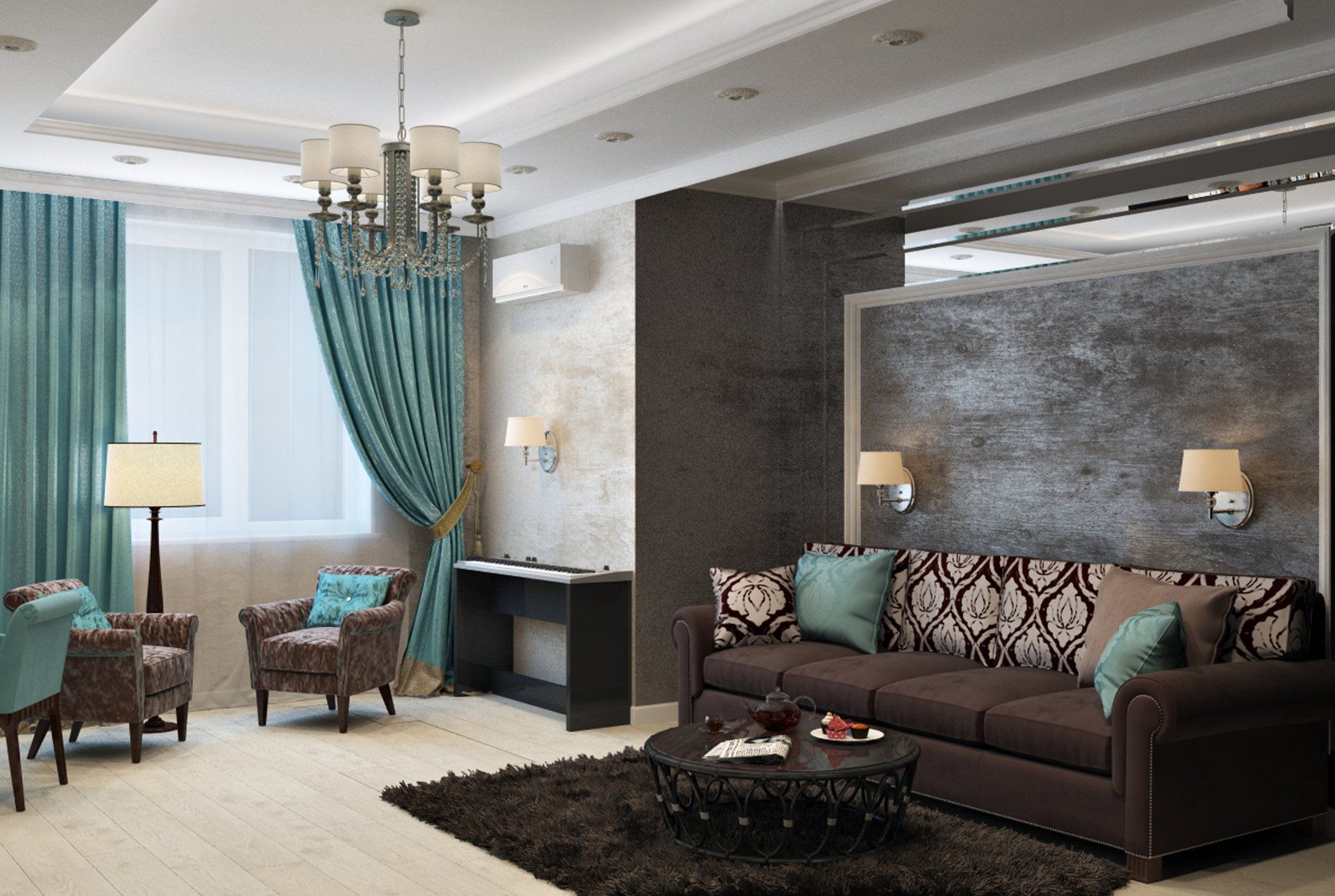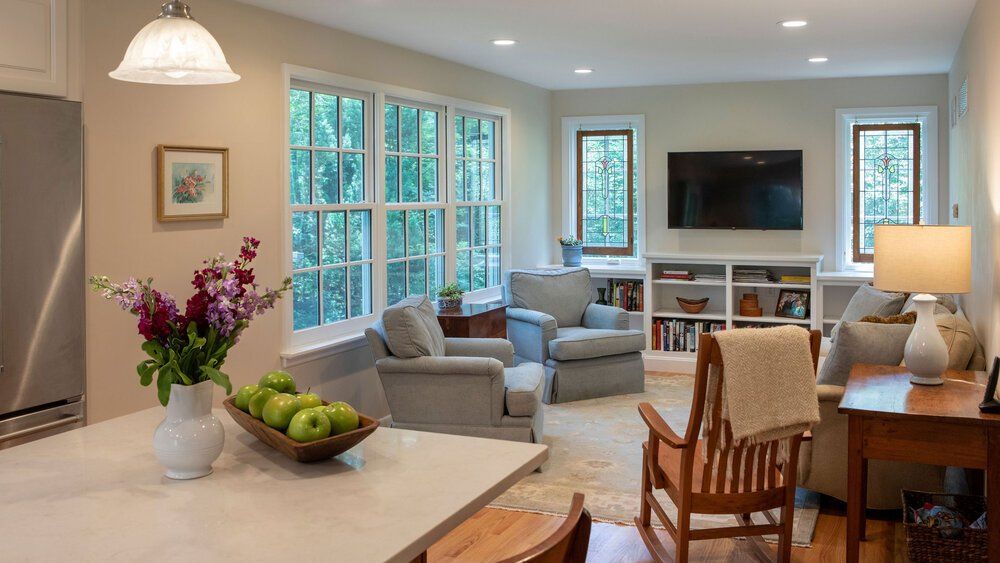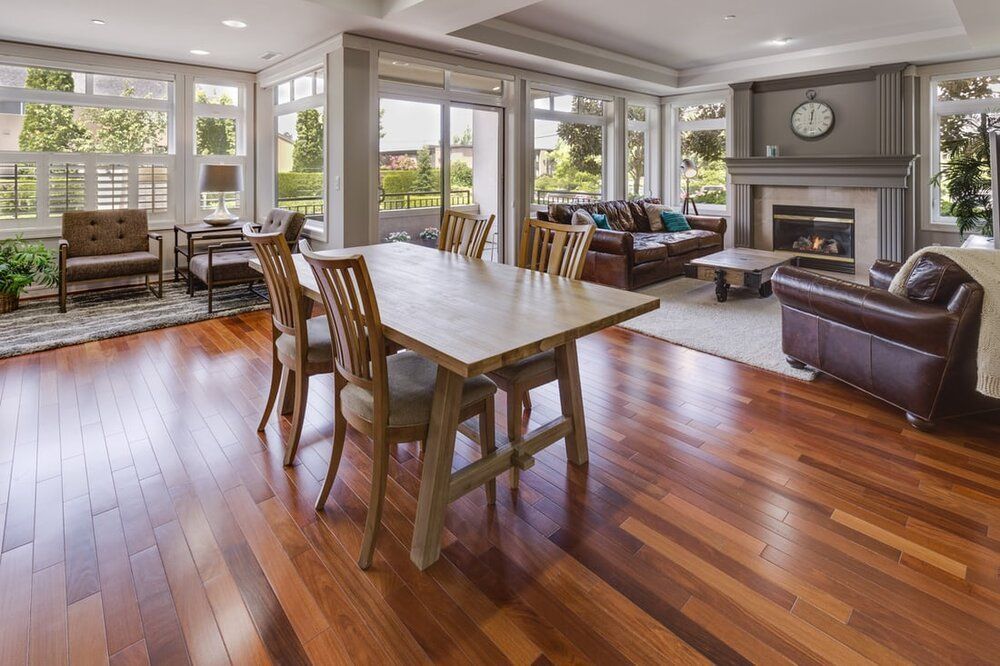The Art of Interior Design in Renovation Projects
"Elevating Your Home Renovation Experience with the Artistry of Interior Design"
Home renovation and design are intertwined disciplines that bring life and personality to your living spaces. When embarking on a renovation journey, it's not just about upgrading your home's structure; it's an opportunity to craft spaces that reflect your style, values, and functionality needs. Interior design plays a pivotal role in the renovation process, ensuring that the heart and soul of your home align with your vision. In this comprehensive guide, we will explore the art of interior design within renovation projects, showcasing the transformative power of merging form and function. Whether you're planning a complete overhaul or seeking to enhance specific areas, understanding the principles and benefits of interior design in renovation will help you create spaces that truly feel like home.

The Intersection of Renovation and Design
Design as a Foundation
Design is the backbone of any successful renovation project. It begins with a clear vision, encompassing your aesthetic preferences, lifestyle, and the functionality you desire. An interior designer's expertise in spatial planning, color theory, and materials selection can help you articulate and refine this vision.
Creating Cohesive Spaces
Interior design ensures that all
renovation and design of your home are cohesive and harmonious. From selecting flooring materials that flow seamlessly from room to room to choosing a color palette that ties the spaces together, a well-thought-out design plan brings unity and consistency to your home.
The Benefits of Professional Guidance
Expertise in Space Planning
Interior designers excel in optimizing the use of space. They understand how to arrange furniture, fixtures, and appliances to maximize functionality while maintaining an appealing layout. This is particularly valuable in open-concept renovations and smaller spaces.
Material Selection and Sourcing
Designers have access to a vast network of suppliers and can source high-quality materials and finishes that align with your design goals. They also possess an in-depth knowledge of materials' durability, maintenance requirements, and suitability for specific spaces.
Customization and Personalization
Renovation and design professionals can customize solutions to meet your unique needs and preferences. From custom cabinetry and built-ins to bespoke furniture and lighting, they can create one-of-a-kind pieces that enhance your home's character.
Budget Management
Interior designers can work within your budget constraints, helping you allocate resources efficiently while ensuring the highest quality and aesthetics. They provide cost-effective solutions without compromising on design excellence.
Navigating the Renovation Process
Planning and Inspiration
The renovation journey begins with thorough planning and inspiration. Collaborate with your interior designer to define your goals, style preferences, and the scope of the project. Collect inspiration images and examples that convey your desired aesthetic.
Concept Development
Once the initial parameters are set, the interior designer creates a concept that encompasses the overall design direction, color schemes, and layout ideas. This phase helps solidify the vision and sets the foundation for the project.
Space Planning and Layout
Effective space planning ensures that your home's layout optimizes functionality and flow. Your designer will work on floor plans, suggesting changes to walls, doorways, and room configurations as needed.
Material Selection
Material selection is a critical aspect of interior design in renovations. Your designer will help you choose materials for flooring, countertops, cabinets, backsplashes, and more, taking into consideration your style, budget, and durability requirements.
Fixture and Furniture Selection
From light fixtures and plumbing fixtures to furniture and accessories, interior designers assist in selecting the perfect elements to complete your spaces. They help you strike a balance between aesthetics and functionality.
The Role of Technology
3D Renderings
Modern interior designers often use 3D rendering software to provide visual representations of the proposed design. This allows you to see how the renovation will look before any work begins, enabling adjustments as needed.
Digital Collaboration
Digital tools facilitate collaboration between homeowners, designers, and contractors. Online platforms and virtual design meetings make it easier to communicate ideas, share progress updates, and make decisions throughout the renovation.
Challenges and Considerations
Project Timeline
Renovation projects can be time-consuming, and incorporating interior design elements may extend the timeline. However, a well-thought-out design plan can help streamline the construction process.
Budget Management
While professional interior design services come with a cost, they can ultimately save you money by preventing costly mistakes and ensuring efficient resource allocation.
Flexibility
Be prepared for some level of flexibility during the renovation process. Unexpected issues may arise, but an experienced interior designer can help adapt the design plan to address these challenges.
Finding the Right Renovation and Design Company
Research and Recommendations
Begin your search for a renovation and design company by conducting thorough research. Seek recommendations from friends, family, or online reviews. Look for
professionals with portfolios that align with your style.
Interview Potential Designers
Schedule interviews or consultations with potential interior designers to discuss your project and assess their suitability. Ask about their experience, approach to design, and communication style.
Collaboration and Communication
Choose a designer with whom you feel comfortable collaborating. Effective communication and a shared vision are essential for a successful partnership.
Conclusion
The art of interior design in renovation projects brings a unique blend of aesthetics, functionality, and personality to your home. It's the marriage of your vision with the expertise of design professionals that transforms houses into personalized sanctuaries. When
renovating your home, don't underestimate the impact of interior design—it's the key to creating spaces that truly reflect your style and enhance your quality of life. With the right team by your side, you can embark on a renovation journey that turns your dream home into a reality.



